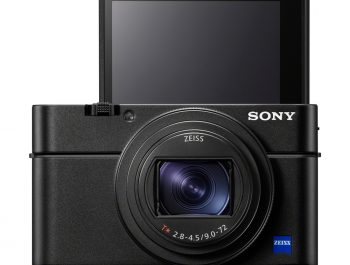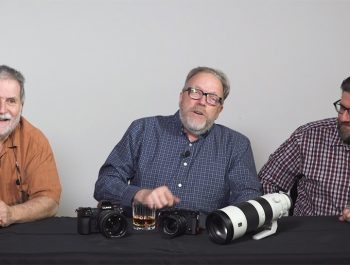Sony a7R IV – Who Wants It? Who Needs It?
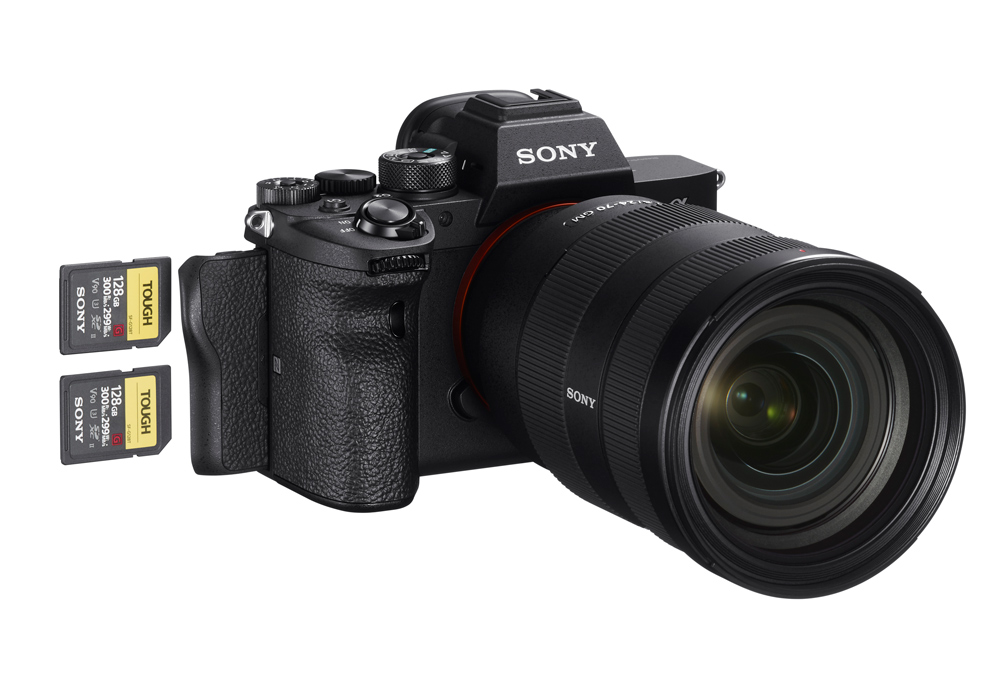
Simple Answer Me. And Me.
By now, unless you are entirely out of touch, you know that Sony announced a new (once again) camera. This announcement came two days ago while I was wheeled into an operating room for back surgery. Before being pushed in, I watched the live keynote on the new camera announcement. The last thing I remember, before going under, was thinking how much I want this camera. That thought is still on my mind now as I am recovering from home and enjoying some great pain meds.
In my previous life on that other website, I wrote an editorial on how if I were a betting man, I would bet on Sony as being the company to watch over the coming years. Sony has introduced new technology and cameras at a rapid pace. And I don’t think they are finished. As my friend, Hugh Brownstone would say, “Hold that thought.”
A few years ago, Sony started to introduce the G-Master glass (lenses). At that time, Sony was very weak on pro glass, and for that reason, their camera systems seemed to be stuck in the amateur market. Photographers weren’t taking Sony seriously. All that started to change when Sony brought out these beautiful G-Master lenses.
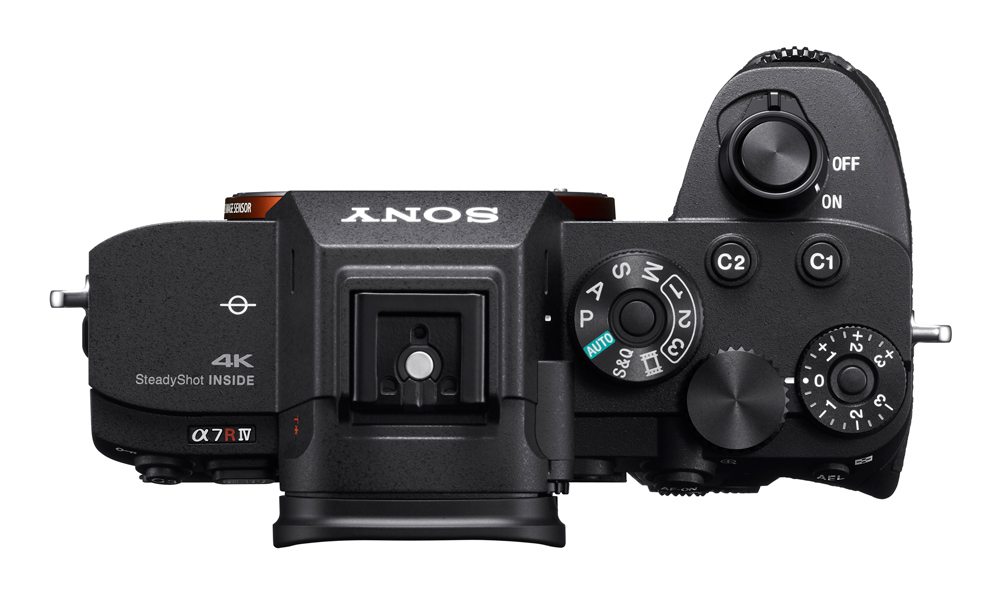
I made the commitment to invest and make Sony my full-frame camera of choice. I now own several Sony cameras and we also use them for our video productions. B&H Photo was kind enough to make a webpage of gear I own and use, and you can take a look at it HERE. In short, my main camera systems consist of an a7R III, a7 III, A9, A6500, RX100VI, and RX0II. With these in my arsenal, I have a great selection of glass. I own the 12-24mm, 16-35mm G, 24-70mm G, 24-105mm, 85mm G, 70-200mm G and the 100-400mm G. There’s not much I cannot do with this setup. There are several new primes that Sony has introduced like the 24mm, 135mm, 400mm, and 600mm. The 400 and 600mm are out of my price range for now, and frankly won’t work well for the kind of photography that I do. Sony also introduced a 200-600mm zoom lens for under $2,000.00. I just ordered that and I hear it performs admirably.
Why do I like Sony? Because they contributed more to advancing mirrorless photography and photography as a whole than any of the other camera makers out there. Sony’s one significant advantage is they make their own sensors and supply these sensors to many of the other camera manufacturers. Also, they have pioneered many advances in sensor technology. As a result, Sony has produced sensors with excellent high ISO performance, incredible dynamic range, and the ability to do high frame rate captures in sustained continuous mode.
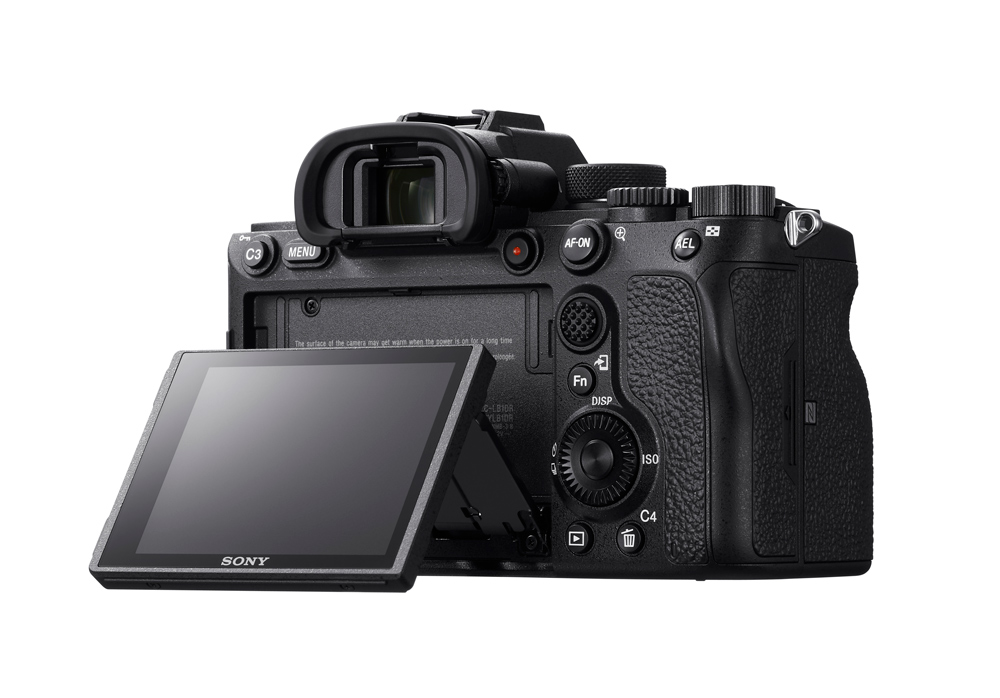
Throw in their incredible auto-focus technology, and you have a great system with excellent capabilities. Sony has an auto-tracking EYE-AF system that has to be seen to be truly appreciated. This AF system first appeared in the a9 camera and has since been added to the a6400, the a7R III and now the a7R IV.
I used to joke that when I used other camera systems when shooting birds in flight, I was a master at shooting a bird’s ass. Now I can actually focus on the bird, and hold and track that focus—which means I’m shooting bird’s heads. There is no more frustration. No more out of focus shots. The AF is so quick that I can pull the camera up to my eye, hit the AF button and bang, the camera is locked in. With the a9, I’m shooting 24 frames per second of in-focus images.
Enter The Sony a7R IV
Sony has made major headway in changing their reputation as a camera system for pros, and with the announcement of the a7R IV, they have taken this reputation another step forward. You can visit many sites to learn all the specs, but the ones that stand out are 61mp, ten frames per second, and EYE-AF in continuous tracking. Throw in the 240mp Pixel Shift multi-shooting mode, five-axis 5.5 stop in-body image stabilization, and ISO performance from ISO 100-32,000, and you have one hell of a camera. All of this for USD $3,498.00.
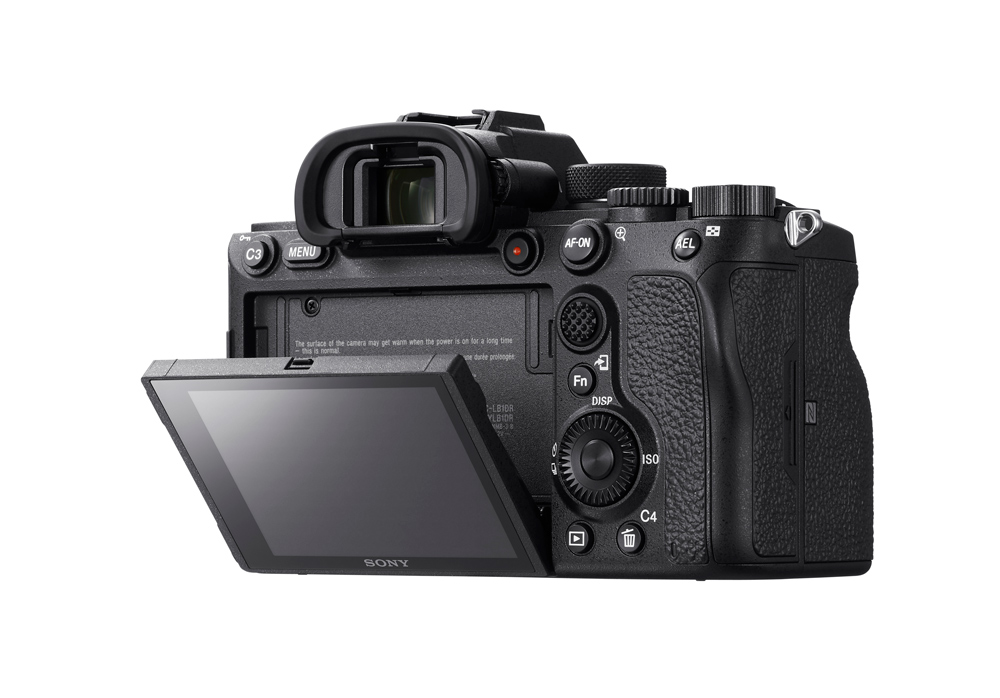
Come on—ten frames per second at 61MP, super-fast AF, and image stabilization with 15 stop dynamic range. According to all reports from those that have had a chance to get their hands on this camera, it really delivers.
I’m a landscape shooter and love to make big prints. A camera like this is just right for my kind of photography and is why I ordered it this morning. September cannot get here soon enough.
Sony has made a few other adjustments to the body, like a lock button for exposure compensation. Thank you! Because this has been a pet peeve of mine. They made a much more significant rear AF button and improved the tactile feel of the joystick. Not to mention increasing the size of the grip, which was sorely needed.
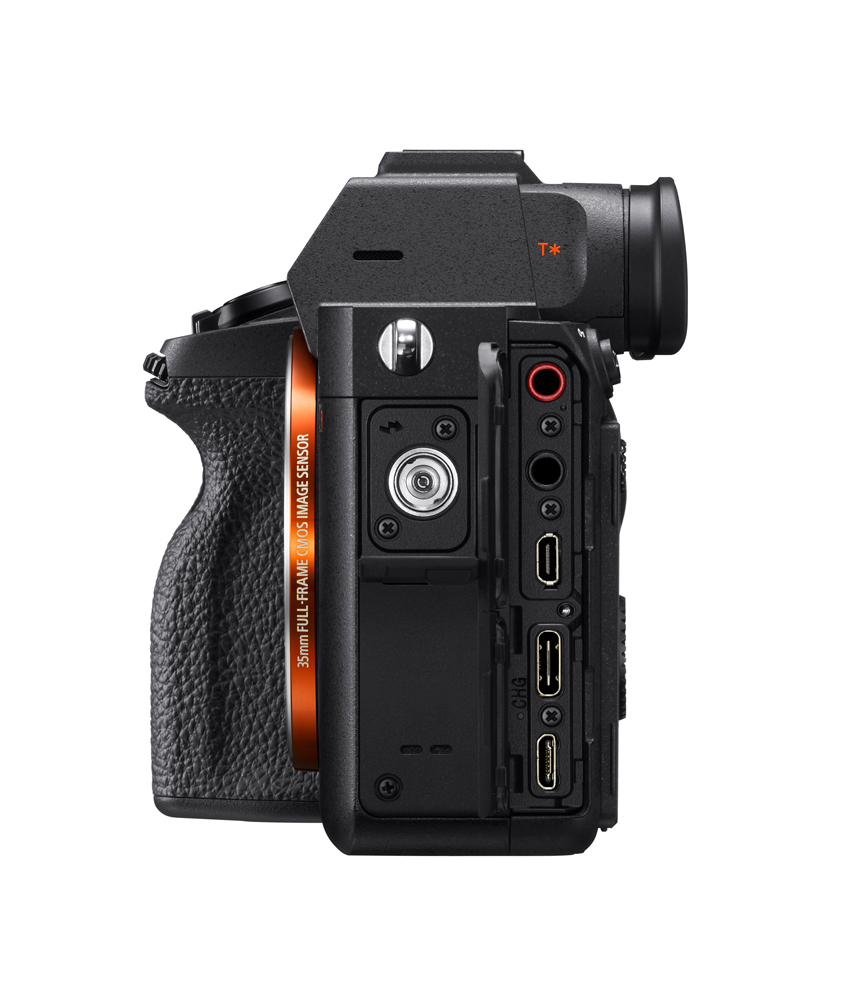
There are a few things that annoy me about Sony too. What they didn’t do was improve the menu system for the camera. The Sony menu system is still one of the most confusing menu systems of all camera systems that I have ever used. Why after all these years they cannot get this right is beyond me. When I get this camera, I’ll do another video on how to use the Sony menu system to set up your camera. Sony, why is this so hard? You make the coolest cameras and lenses, but you cannot seem to get the menu system to move out of the stone age.
Fortunately, once you struggle through the menu system and get your camera set up, there is usually very few reasons to go back into it. There is a Quick Menu available, and for the most part, you can configure that for what you may need to access for the type of photography you do. You can also customize buttons and screens, as well as save banks of the custom setting, for quick changes to your kind photography.
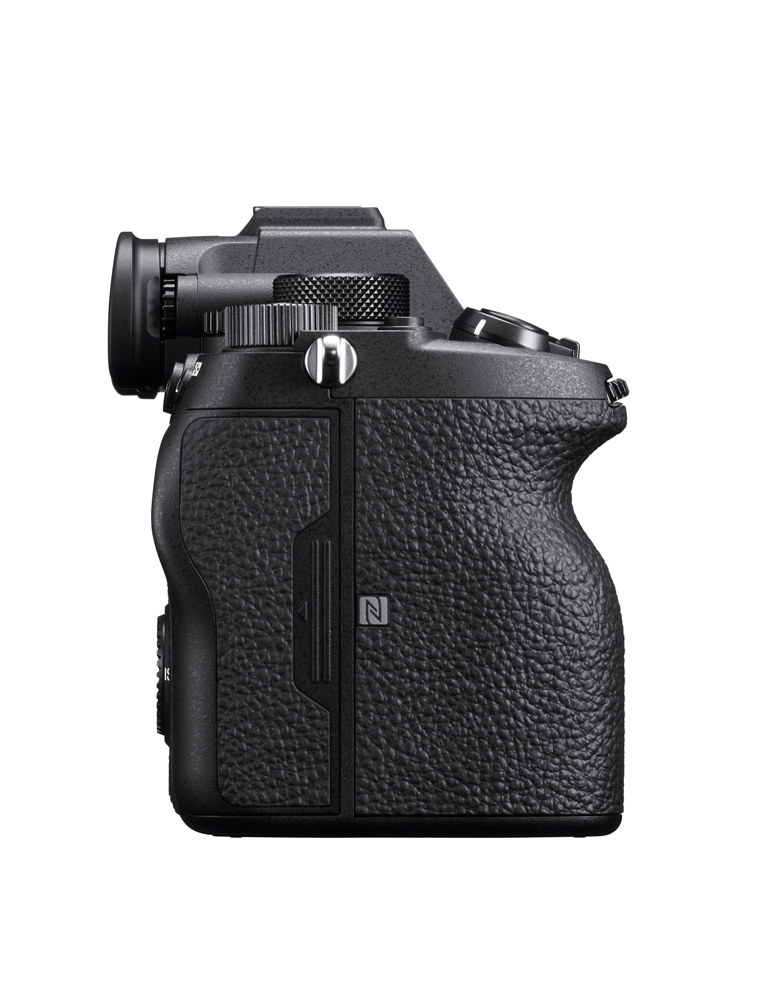
A Few Thoughts on the High Megapixel Market
Sony, or at least the media, is claiming that the Sony a7R IV is a medium-format quality. This claim is most likely based on the megapixel sensor size. For the longest time, the so-called medium-format market has been dominated by Hasselblad and Phase One. Without a doubt, in my opinion (and I am somewhat biased), the Phase One file quality is still the ultimate benchmark. Both the Hasselblad and Phase One cameras are rather expensive, to say the least.
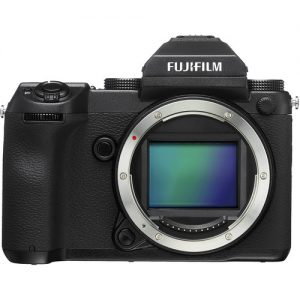
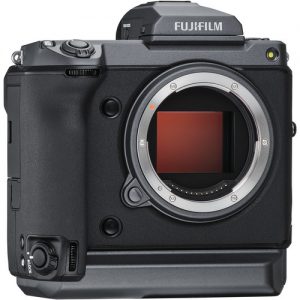
Then there is Fuji, and they made the wise decision to bypass full-frame and moved to what they were calling G-Format. Essentially, it is a bigger sensor than full-frame but smaller than that of the Phase One true medium-format. It should be noted that the Phase One sensor is of true medium-format dimensions, and they have a 151mp sensor.
Phase One has its niche market, and while some will say that the new Sony a7R IV is a medium-format killer, I am afraid that they will be wrong. Phase One plays in an entirely different league than Fuji and Sony, and they will continue to do just fine. Hasselblad will also be more than fine. We are all waiting for the announcement of their 100MP X1D version of a camera.
The Fujifilm GFX 100 body costs USD $9,999.95 and the Hasselblad X!D II 50C 50MP camera is USD $5,750.00. Neither of these cameras comes close to the specs of the Sony a7F IV for only $3498.00. It will be a tough decision for many photographers as they try to figure out what camera system they want to invest in.
In the end, for me, I will continue to purchase Sony as I have already invested heavily in the glass. The fast AF, frame rate, and availability of glass makes it a no-brainer. The 61mp sensor will give me plenty of resolution to make 44 x72 inch prints on my Epson 9900. I can shoot action with my current Sony system and one set of lenses with the a9 body included. With the a7R IV, I can do what I believe will be excellent, contemplative landscape photography.
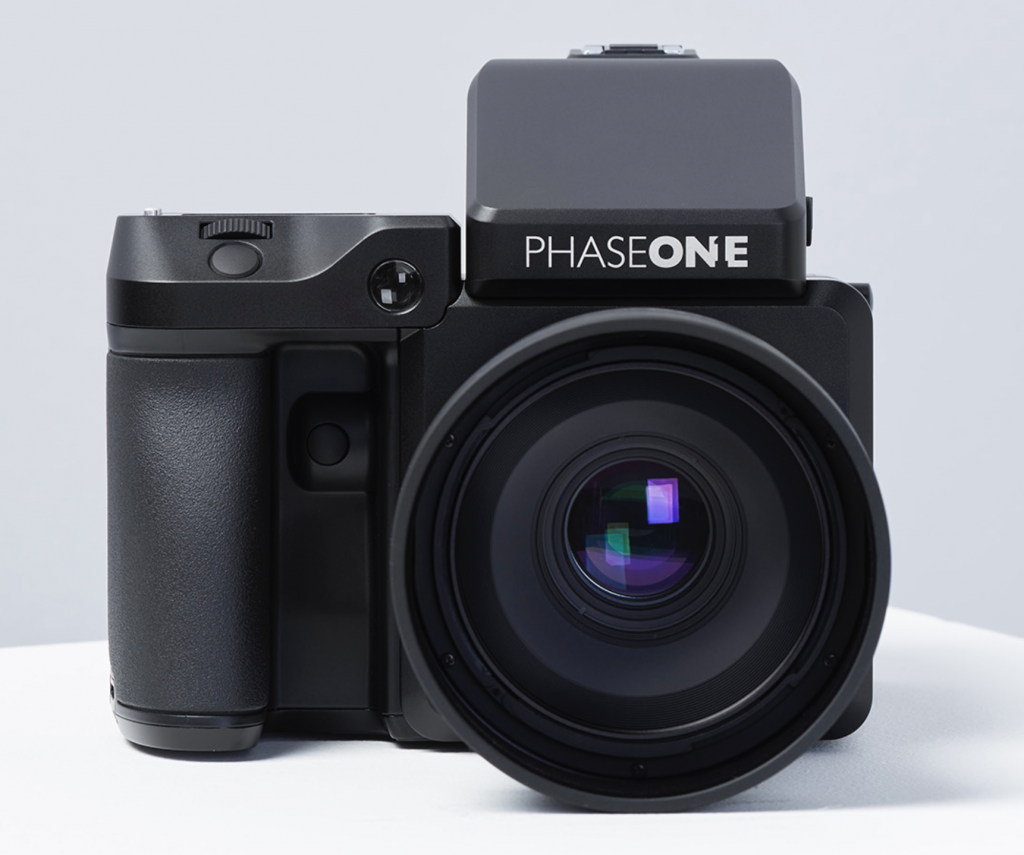
There will be discussion on the a7R IV regarding video. The camera has more than enough video capabilities, and for that size of sensor, frankly, I don’t think it was designed with video capture as part of the main feature set. File size and management will also be talked about. I have the latest Apple MacBook Pro pretty well decked out and have been working with the large Phase One files and have had no issues. I use Capture One and always have because it handles these large files beautifully. Sony and Phase One work together and Capture One is included with the camera, so the system should be fully optimized for post-processing. I’m sure Adobe will work just right in there too with ACR and Lightroom being compatible on launch.
This is not the camera for everyone. If you are shooting for social media only, this is not your camera. But, if you are a portrait photographer, studio still photographer, or landscape shooter, then I would presume you will be taking a serious look at this camera. The price point and feature set make this a very strong camera system.
I’ll do some articles on the camera when it is released. In the coming weeks, you can look forward to two articles I have been working on—My Favorite Lens and a video and report on the a9 firmware update and how this one update alone was like buying a new camera.
For now, I need to be patient and wait for the phone call from my dealer telling me my Sony a7R IV has arrived.
A PXLtorial
Kevin Raber
July 2019
Indianapolis, IN
Photography is my passion and has been for 50 plus years. My career in photography has allowed me to travel the world, meet some of the most interesting people on the planet and see things I could never have dreamed of. My goal is to share the passion of picture taking through photographs and teaching with as many people as I can, hoping it brings them as much joy and happiness as it has me. I do this through photoPXL.com, this site, as well as Rockhopper Workshops, and other projects, as well as teaching as Artist In Residence at the Indianapolis Art Center.






